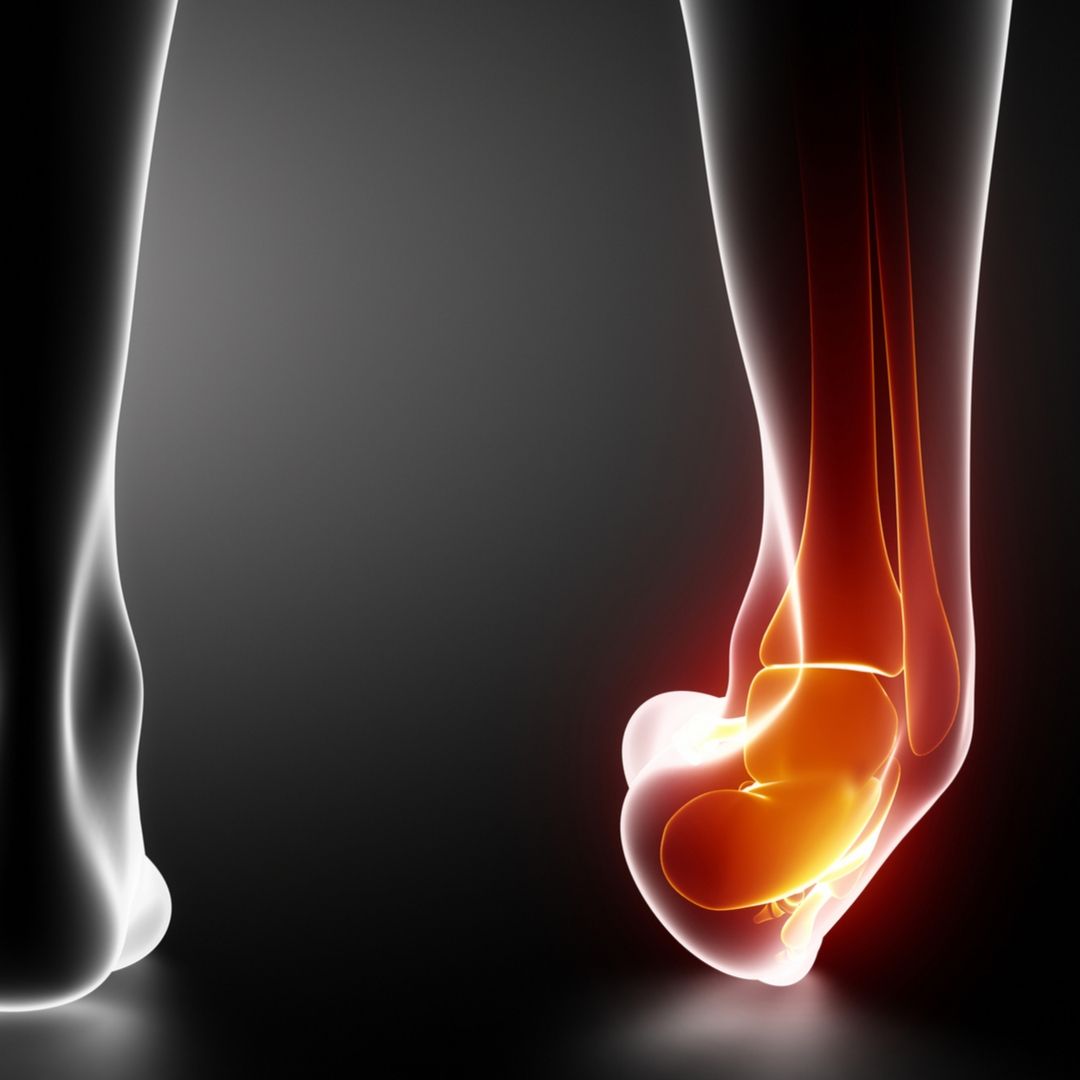Rolled your ankle?
Have you ever rolled your ankle? Plenty of us have, especially people who partake in sports such as netball, basketball, volleyball, football and soccer, where ankle injuries are one of the most common injuries of all. These sports all involve pivoting, quick changes of direction, jumping and landing. The classic ankle injury involves rolling your ankle during landing on an uneven surface from a jump, or lunging for a ball during a tackle, where your foot rolls inwards and your leg outwards upon contact with the ground.

About ligaments
Our ankles are stabilised either side by an outside and inside ligament (tissues that attach bone to bone). The inside (medial) ligament is much stronger than the outside (lateral) one, therefore injuries to these ligaments where you roll your foot outwards, are much less common. The outside ligament is made up of three parts - front, middle and back. The front part of the ligament is the weakest and is usually the most affected in ‘rolling’ injuries. With more severe injuries, it is possible to affect the other parts too.
What happens when I roll my ankle?
When you roll your ankle, forces placed on the outside ligaments may be too great, and the ligament will sprain. A sprain is broadly categorised into three grades:
• Grade 1 - the ligament is overstretched but not torn
• Grade 2 - the ligament is partially torn with some ligament fibres still intact
• Grade 3 - the ligament is completely torn (also known as a ‘complete rupture’)
Signs & symptoms
As with most ligament injuries, it starts with a moment where too much strain or force is put through the joint/ligaments, and you feel something give. This is usually painful and may or may not be accompanied by a ‘pop’, which usually signifies that something has torn. Depending on the severity of the injury, you may start to see swelling and bruising appear quickly, or it may take time to develop. Either way, bruising is another sign something has torn and bleeding has occurred under the skin.
Whether you can put weight through the joint and walk straight after injury is an important part of the process. If you can, this tends to indicate a less severe injury. If you can’t and require help to move off the field or court, this may mean something more serious has happened, like a fracture alongside a sprain. If this is suspected by your physio, you may be sent off for x-rays to confirm.
Immediate treatment
It is important that the injury is managed well from the word go to ensure a speedy and hassle-free recovery. The first goal is to protect the joint from further injury. Depending on severity, this may require you to be off your feet for a short period, so crutches may be needed. Additionally, the use of an aircast may be required. After this, it is recommended to start putting weight through the joint to help reduce swelling and increase movement. Ice, compression and elevation are also recommended in these early stages. If it turns out you have a fracture too, there will be a short period of immobilisation in a moon boot to allow the fracture to heal.
Further treatment and return to play
After the acute period is over and your swelling and pain are controlled, your physio will get to work on your ankle. You would have lost range of motion of the joints, so they will mobilise them and give you exercises to keep mobilising at home between treatments. You would have lost some strength as well, so you will need to strengthen the surrounding muscles, as well as work on other aspects of fitness including balance.
During this period, you will get back to full weight bearing activities starting with walking and moving through to jogging, running, jumping and landing, adding agility exercises to retrain the ankles' ability to pivot and change direction without giving out on you again. You’ll need to complete some rigorous training before your physio clears you to return to the field of play to compete. The time it takes you to get back playing will depend on the severity of your injury, with a simple low-grade sprain taking anywhere from 2-4 weeks to heal, and a severe sprain and fracture taking months. The latter is particularly true if there is a tear of the syndesmosis and/or a Weber Fracture.
Weber Fracture
Syndesmosis tears (picture c) can easily be missed and minor fractures of the malleolus can masquerade as acute tendonosis. Tears of the syndesmosis can lead to a chronically unstable ankle. These conditions are often treated in a moon boot, but occassionally surgical intervention is necessary.

Take action
If you have rolled your ankle and need some help to get back to the field or court, then look no further. Call us today on 02 9922 6806 to book your appointment, and we’ll have you hopping, skipping and jumping in no time at all!
References
1. Brukner, P. and Khan, K. 2017. Clinical Sports Medicine. 5th ed. McGraw Hill Education : Australia
2. Chen, ET. et al. 2019. Ankle sprains: Evaluation, rehabilitation, and prevention. Current Sports Medicine Reports. 18 (6). 217-223. https://journals.lww.com/acsm-csmr/Abstract/2019/06000/Ankle_Sprains__Evaluation,_Rehabilitation,_and.7.aspx
Uploaded : 22 October 2019




